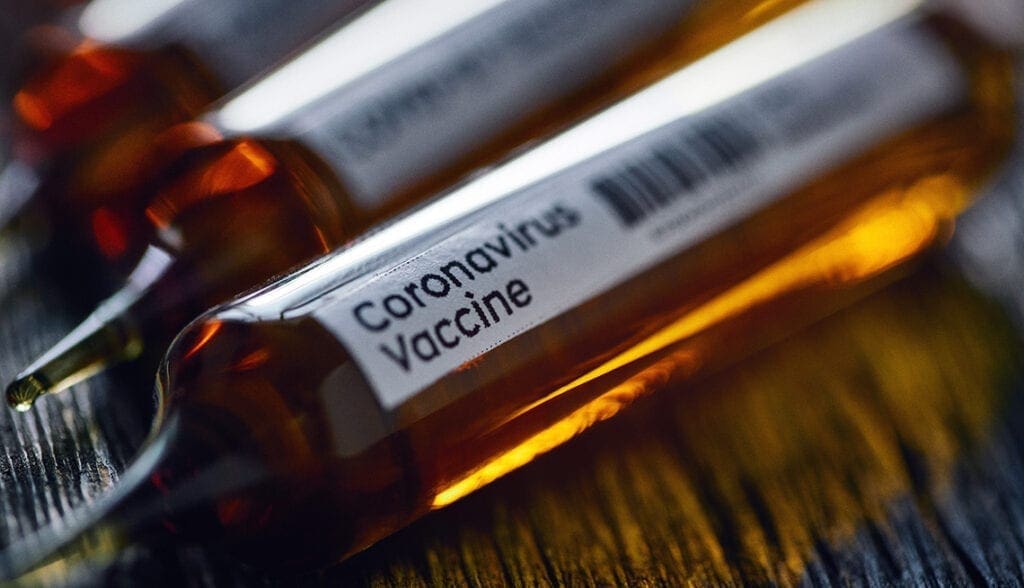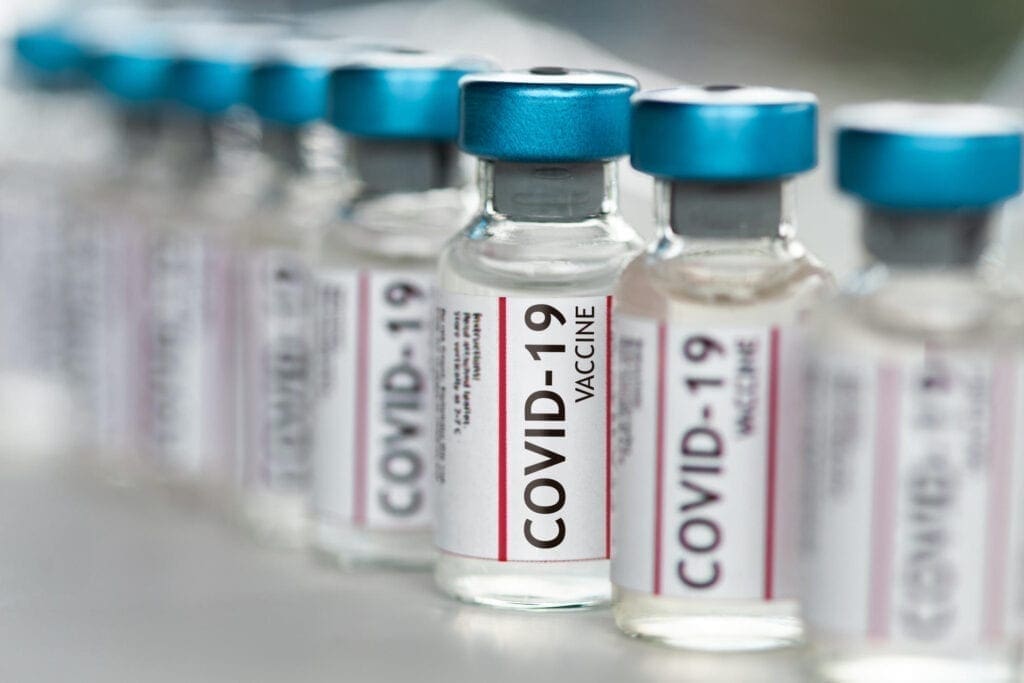The rules were changed, and the development was fast-tracked by the federal government.
The clinical trials, in the United States and throughout the world, remain in infancy stages compared to past processes mandated by the Food and Drug Administration.
That is why once the governors of West Virginia and Ohio announced Pfizer’s COVID-19 vaccine would arrive to those states as early as next week, many residents have voiced their concerns over getting vaccinated even after it is available to the general public. Frontline medical workers and first responders are included in the first stage of distribution, and then residents and employees of care facilities would be included during the second phase.
“I understand their feelings and concerns; I really do,” said Lou Vargo, the director of the Ohio County Emergency Management Agency. “This virus is unprecedented, and it’s different from anything we have seen before. It is a pandemic, and medical experts have responded to it by developing a vaccine and not following the usual FDA requirements. So, the fact that people have some concerns about it is very understandable.
“These companies have done clinical trials, but it’s new, and there’s a lot that we still don’t know right now,” he said. “I’ve heard people ask if the vaccine is good for only three months, and the truth is we don’t know yet because the clinical trials have only been going on for the past three months. Right now, no one knows if its going to be good for a year or six months because it’s too early to know those things.”

Round One Next Week
Vargo has continued to work with Howard Gamble, administrator of the Wheeling-Ohio County Health Department, because the first phase of distribution is expected to begin Tuesday or Wednesday of next week in area hospitals and first-responder agencies.
“Because I am confident that the FDA will approve the Pfizer vaccine, we have continued to prepare for the Phase 1 distribution plan that involves the frontline medical workers and first responders,” Vargo said. “The people in those groups could be vaccinated as early as the 15th or 16th of next week.”
How quickly the doses become available to everyone, however, depends on production. Along with Pfizer, Moderna, Inc., is expected to petition the FDA for authorization to distribute. Both vaccines require a two-shot process within a month of each other.
“Of course, the pace of the vaccinations is going to depend on the supply, and it’s really important for the people who are vaccinated to know that they must get the second shot 21 or 28 days later depending on which vaccine they receive,” Vargo said. “That’s because the first shot provides a 50 percent efficacy, but the second shot shoots it up into the 90 percent range. The second on is the one that really boosts it to the best levels.”

A ‘Dead Virus’
Researchers quickly realized in March that COVID-19 is not a living organism, but the coronavirus affects the lungs, throat, and intestinal tract, and it has remained highly contagious since the first U.S.-based case was reported in the state of Washington on Jan. 20.
While West Virginia was the country’s last state to report a confirmed positive test, Gov. Justice said during his Friday briefing that 942 new cases were recorded Thursday along with 17 deaths. In Ohio Gov. Mike Dewine stated an additional 10,359 positives have been counted yesterday along with 128 new deaths.
“I saw one report in April that researchers found that it had mutated, but I haven’t seen anything else that indicates that it has continued to mutate since, and that’s good news,” Vargo explained. “But there is still a chance we could have to get a Covid shot every year like a lot of people get a flu shot, and that’s why I am sure the drug companies will continue testing to see if the people who got vaccinated are still immune to COVID-19.”
One term that has joined the dreaded list of words like Covid, coronavirus, social distancing, outbreak, spread, asymptomatic, and pandemic is the term “patience.”
“I know people don’t want to hear it, but it is going to time to answer a lot of the questions we all have. We’ve had a lot of time to study influenza, and we know that it changes every year. The flu shots that people are getting now is a lot different from the flu shots they received 10 years ago,” the EMA director added. “There are a lot of people much smarter than me who is doing all of this research, and that’s why we’ll know a lot more as their research continues.”


